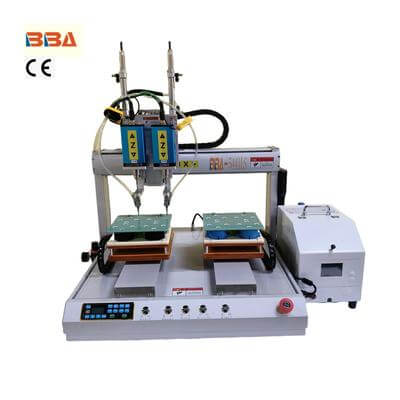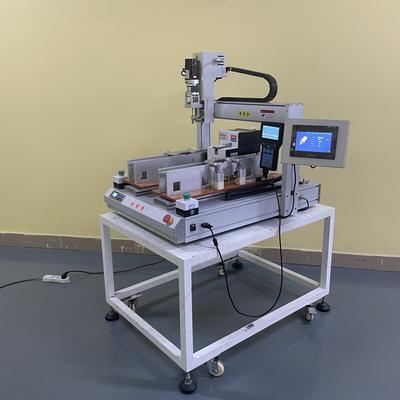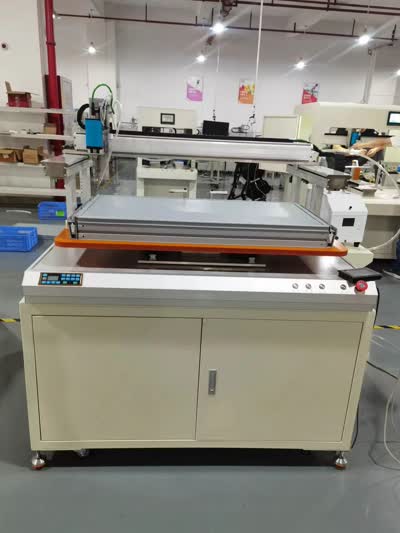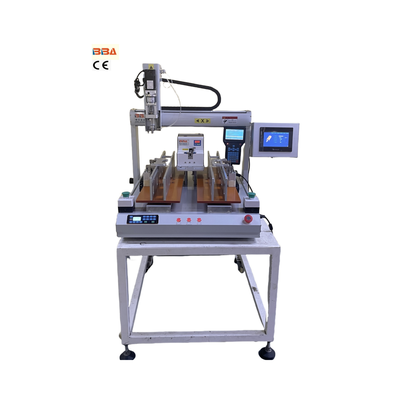Precision Aerospace Screw Locking Robots | Automated Assembly Systems
The aerospace industry demands unparalleled precision, reliability, and consistency in the assembly of critical components. Even the smallest fastening error can lead to catastrophic failures, making the tightening of screws and bolts one of the most crucial steps in the manufacturing process. Traditionally performed by skilled technicians, this task is increasingly being entrusted to advanced automation: screw locking robots. These robotic systems are revolutionizing aerospace component assembly by enhancing quality, traceability, and overall production efficiency.
Screw locking robots are highly sophisticated automated systems designed to select, feed, place, and fasten screws with extreme accuracy. They are typically integrated into larger assembly lines and equipped with advanced vision systems, precision torque sensors, and adaptive control algorithms. This allows them to identify screw holes accurately, compensate for minor misalignments, and apply the exact predetermined torque and angle required for each specific joint. The result is a perfectly fastened connection, every single time.
The advantages of deploying these robots in an aerospace environment are substantial. First and foremost is the dramatic improvement in quality assurance. Human operators, despite their skill, can suffer from fatigue, leading to variations in applied torque—either too loose, creating a potential failure point, or too tight, risking thread stripping or component damage. Robots eliminate this variability, ensuring every fastener meets the stringent engineering specifications required for flight-critical parts. This repeatability is vital for the structural integrity of assemblies like wing flaps, engine mounts, and avionics systems.
Furthermore, these automated systems provide complete process traceability. Each tightening operation is recorded in a digital log, capturing data such as torque, angle, time, and operator (robot ID). This creates an immutable audit trail for every component, which is invaluable for quality control and compliance with rigorous aviation regulations from authorities like the FAA and EASA. In the event of an investigation, manufacturers can quickly retrieve the entire assembly history of a specific part.
Beyond quality, screw locking robots significantly boost production efficiency. They can operate continuously without breaks, drastically increasing throughput on assembly lines. They also excel in accessing hard-to-reach areas within complex component structures, a task that can be ergonomically challenging and time-consuming for human workers. By automating this repetitive and physically demanding task, companies can also reallocate their skilled technicians to more value-added roles, such as process oversight, quality inspection, and complex manual tasks that require human dexterity and judgment.
While the initial investment in robotic automation is significant, the long-term return on investment is clear. It is achieved through reduced scrap and rework costs due to fewer assembly errors, lower long-term labor costs, and increased production capacity. Moreover, the enhanced reliability and traceability they provide mitigate the immense risk of in-service failures, protecting both brand reputation and public safety.
In conclusion, the integration of screw locking robots is no longer a futuristic concept but a present-day necessity for aerospace manufacturers striving for excellence. They represent a critical technological evolution, moving from manual precision to digital perfection. By ensuring every screw is perfectly fastened and every step is meticulously documented, these robots are helping to build the safer, more reliable aerospace vehicles of tomorrow.
| Product Name | Applicable industries |
| Auto Screwdriver Machine | Smartphone Manufacturing |



